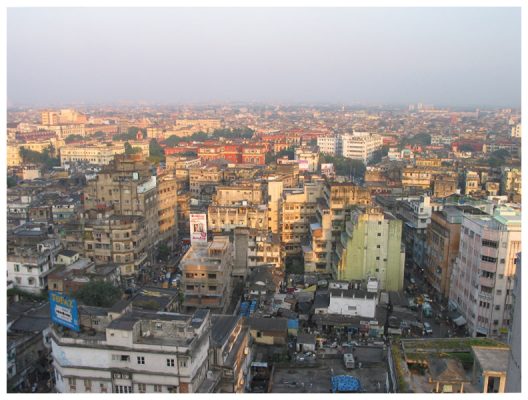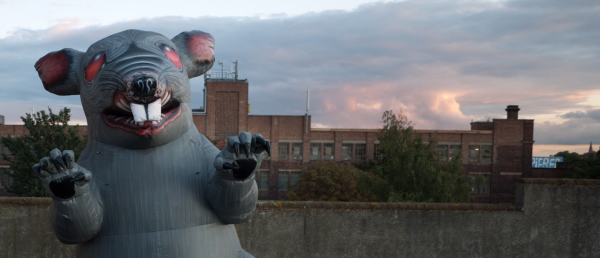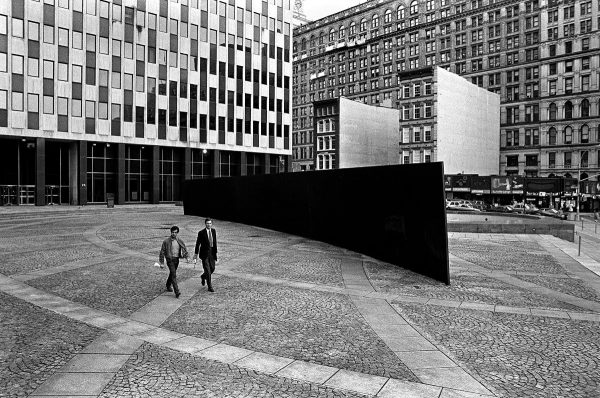Think of the long trip home.
Should we have stayed at home and thought of here?
Where should we be today?
‘Questions of Travel’ by Elizabeth Bishop.
The paradoxical pull between home and elsewhere forms the poignant tension at the heart of Amit Chaudhuri’s new book Calcutta: Two Years in the City. Indeed, it is a conflict with which Chaudhuri has grappled throughout all of his work. The writer sheds great insight by collapsing the dichotomy between the local and the far-off, instead seeing the two as ‘enmeshed intimately’.
Calcutta, Chaudhuri’s place of birth, has haunted his work in a multiplicity of forms. He is the author of five acclaimed novels, from his debut A Strange and Sublime Address (1991) to The Immortals (2009). The city is also a palpable presence in his collection of critical essays, Clearing a Space: Essays on India, Literature, and Culture (2008), and pulses through his music videos. Indeed, Chaudhuri is also an academic, currently Professor of Contemporary Literature at the University of East Anglia, and a trained, critically-acclaimed singer in the North Indian classical tradition, whose projects and albums include This is Not Fusion and Found Music.
Our interview takes place almost 5,000 miles away from Calcutta: we meet in central London one freezing cold day in February. Nevertheless, through Chaudhuri’s conversation we are imaginatively transported into the heat of Calcutta, the central character of the new book, which the author explores in all its complexities and contradictions. One can almost see, smell, taste and touch the life of the city’s streets and its inhabitants.




